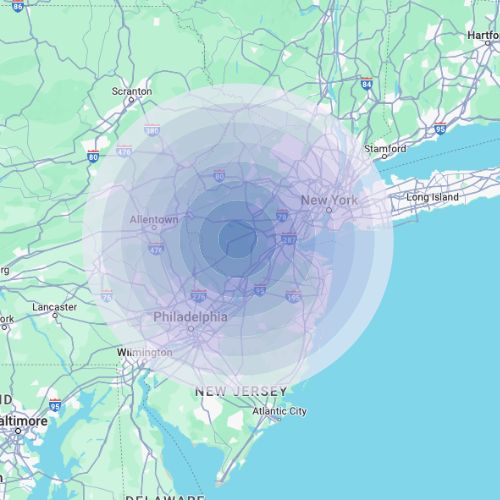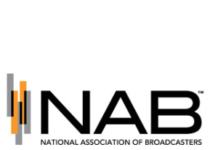
Friday marked a rare day on the East Coast, as a 4.8 earthquake and a 3.8 aftershock shook New York, New Jersey, and Pennsylvania. While doing very little damage, the geological event did define the day and radio was there in the center of it.
Radio Ink spoke with Audacy’s Kristina Kopesser, Brand Manager of KYW Newsradio in Philadelphia, and Ivan Lee, Brand Manager of 1010 WINS and WCBS 880 in New York City, about how their stations reacted to the sudden change of pace in the day’s planning.
Radio Ink: Fortunately, there wasn’t destruction or loss of life on Friday, but the earthquake was a significant event that interrupted everyday flow in your city – what do you prioritize when it comes to coverage of an incident like this?
Kristina Kopesser: First and foremost, you prioritize verification. Earthquakes of this magnitude are unusual in this region, and though we felt it in the newsroom, you have to ensure that it was, in fact, an earthquake. After swiftly verifying the location and magnitude, we could get that out to our audience through a multimedia approach — over the air, through social media and push notifications — “No you’re not alone,” “Yes, that absolutely was an earthquake, here’s what we know and here’s what we’re going to try to find out.”
And the beauty is that on the radio, we can push out the most up-to-date, important information. Pair that with our on and off platform digital content, and our audience can see the entire breadth of our coverage from start to finish. Radio gives you the most recent chapter, while digital is the whole book.
Half the battle during unusual breaking news is being able to confirm for our audience that their suspicions or theories about what they experienced are valid. From there, we are able to move on to assessing the aftermath. Answering questions like, ‘how is this affecting public transportation? Infrastructure? Air travel? Will there be aftershocks? What actually caused the earthquake? Why here, why now?’ One of the first deep dives we aired not long after the incident was an interview with Rutgers geologist Dr. Alexander Gates, who explained very clearly what happened today, why it matters, and what comes next.
Ivan Lee: The focus would be broadcasting immediate safety instructions, updates from official sources, and information on affected infrastructure and services. Focusing on the most important information your listeners need to know for their safety and the community.
Radio Ink: In all the calls and social media responses, what did you find that people were turning to radio for?
Kristina Kopesser: People were turning to us for information and confirmation, not just on the radio, but online as well. The phones were ringing off the hook — I took a few calls myself — and people really wanted reassurance they weren’t imagining things…yes the ground was indeed shaking, and they wanted to share their experiences with us. Our audience knows that KYW Newsradio is where people turn in a crisis to get the latest information. They know we will have it, and they want to be a part of it. They want to let us know what’s going on where they are, because they know and trust we will get important public service information out to them.
Ivan Lee: People wanted to share their experiences. In a moment when our community felt the earth shake — in an area where we usually never feel the earth shake, our listeners and followers were looking to contribute to a shared experience. Tell us what they felt, like posts that shared how they feel. It had a real sense of community connection.
Radio Ink: How did your local officials reach out and use radio to disperse information?
Kristina Kopesser: We actually reached out to them first. Some of the first calls we made were to the Office of Emergency Management. Our newsroom is proactive. Everyone — no matter where they were today… WrestleMania, the Philadelphia Zoo, City Hall, Citizens Bank Park — they pivoted immediately to divide and conquer coverage, talking to experts about what people should expect, asking local officials for information and response updates, and sharing the stories of what people who live here experienced today.
Ivan Lee: Officials use broadcasting to quickly send important information and instructions to a broad audience and update the public on the evolving situation. Radio serves as an essential tool for maintaining public awareness and safety.









